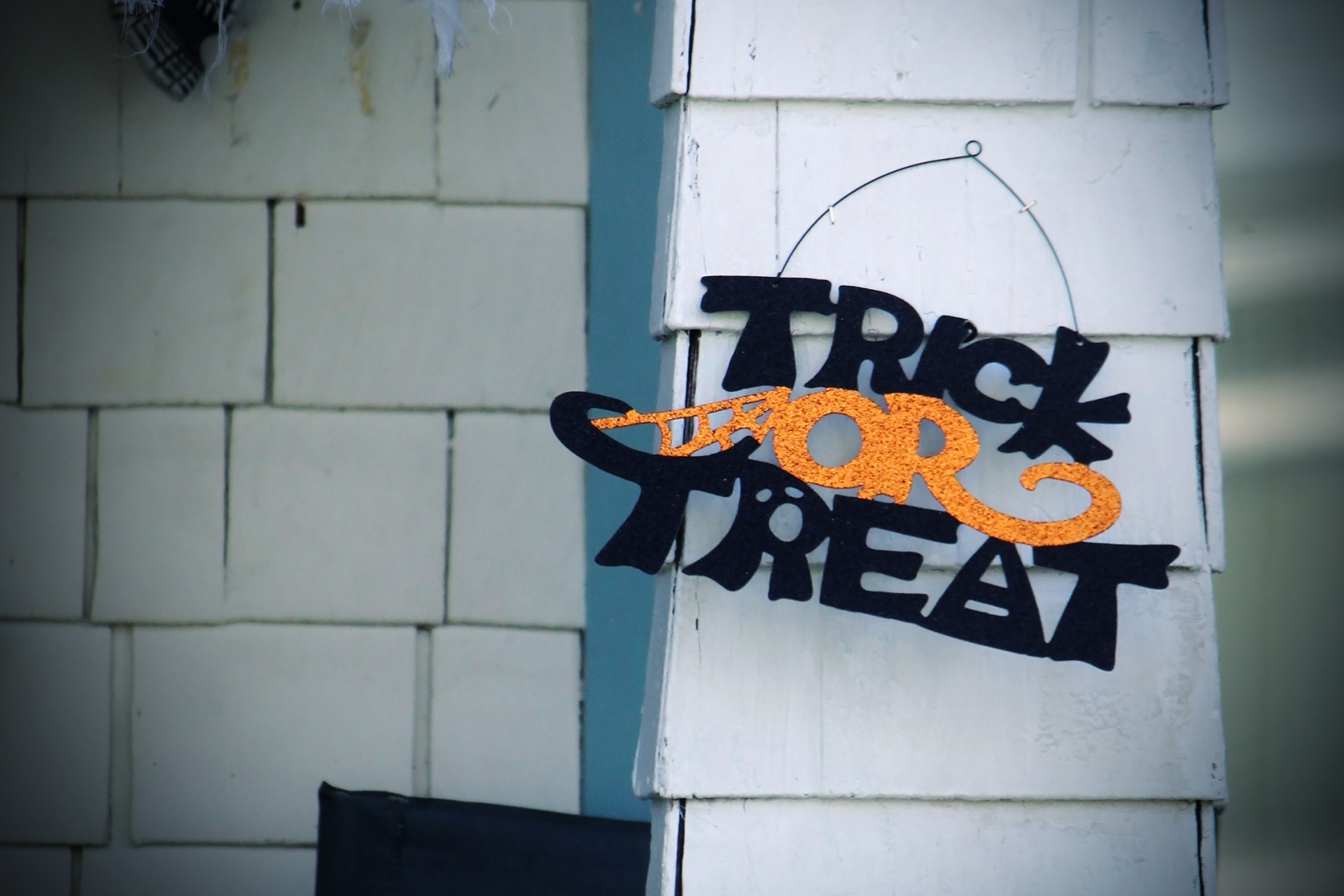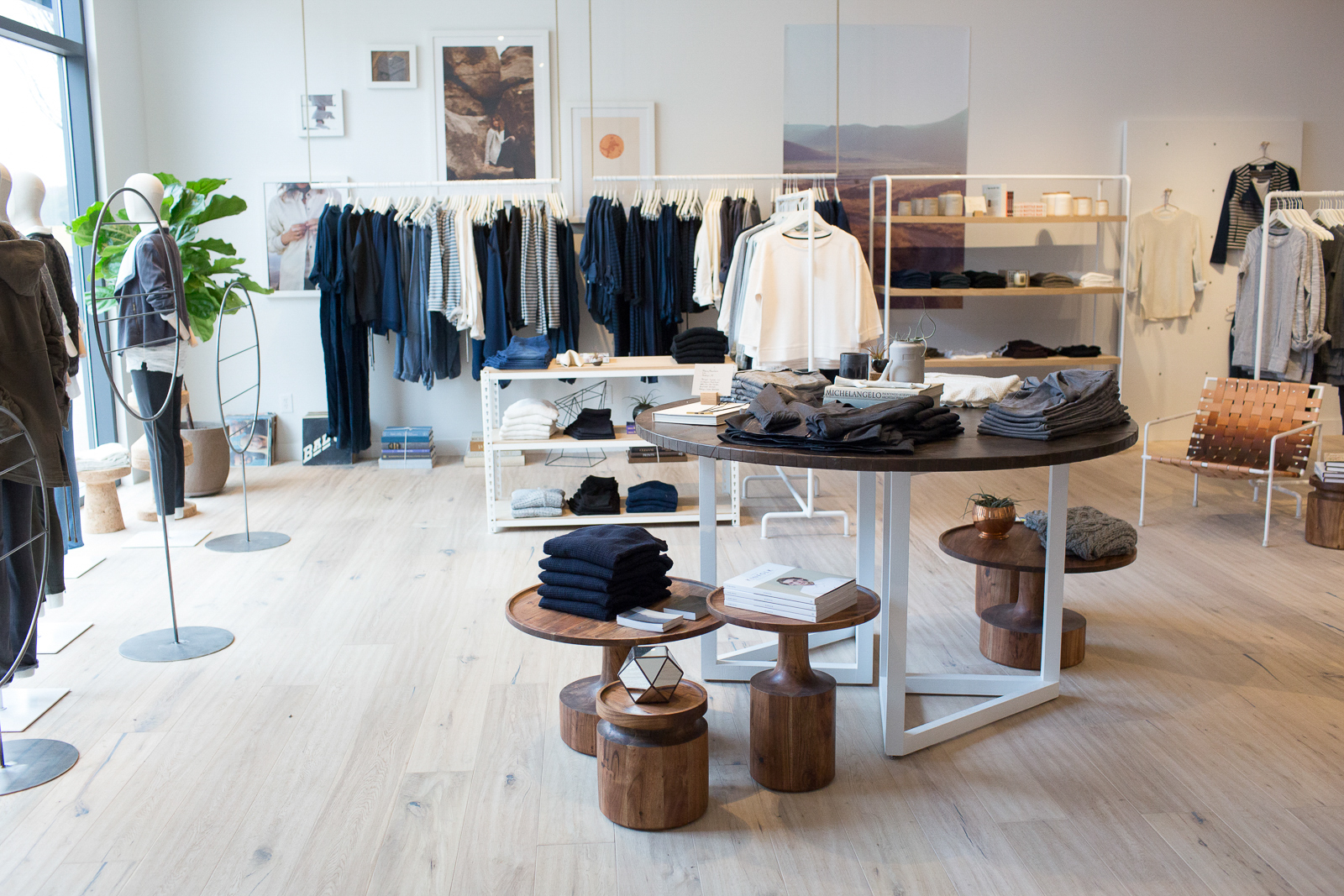 Retail is changing faster than a teenager out of Nana’s Christmas sweater before meeting up with friends. We are witnessing major investments in omnichannel development, especially in tech-heavy areas like big data analytics, personalized marketing. Yet, investments into the role of the retail associate have not quite made it to the top of the priority list for many retailers. The tides they are a changing, however, and like an old episode of MTV Made, the savviest of retailers are undertaking the challenge of turning traditionally undervalued store associates into retail superstars.
Retail is changing faster than a teenager out of Nana’s Christmas sweater before meeting up with friends. We are witnessing major investments in omnichannel development, especially in tech-heavy areas like big data analytics, personalized marketing. Yet, investments into the role of the retail associate have not quite made it to the top of the priority list for many retailers. The tides they are a changing, however, and like an old episode of MTV Made, the savviest of retailers are undertaking the challenge of turning traditionally undervalued store associates into retail superstars.
With so much focus on high-level changes, it’s the folks on the floor who are the ultimate brand ambassadors that most directly influence customer loyalty. They can’t be seen as just a necessary expense any longer – to stock shelves or fold clothes, run the checkout or greet shoppers. When we get right down to it, no matter how many marketing and innovation dollars a company spends, the associate is the only actual person on-site to convert the sale. They have the ultimate power to win or lose a customer, once and forever.
Why Change Now?
The need for this shift is easier to understand when we look at how polarized retail is becoming. On one end it is becoming commoditized, on the other it’s becoming specialized. The intensity of competition for consumers has driven a wedge between “price retailers” and “experience retailers.” In either extreme, executives need to acknowledge that their lowest level employees can be the difference between a shopper returning to their store or looking somewhere else where they feel more at home.
 Men get the reputation for hating shopping, and I count myself among that group. The thing is, I like new things, I just hate spending time in a store, wandering aimlessly and breathing recycled air that makes me thirst for a cold beer, or even just a trickle of warm water from a fountain. A good shopping experience all comes down to stripping away challenges and time-consuming activities.
Men get the reputation for hating shopping, and I count myself among that group. The thing is, I like new things, I just hate spending time in a store, wandering aimlessly and breathing recycled air that makes me thirst for a cold beer, or even just a trickle of warm water from a fountain. A good shopping experience all comes down to stripping away challenges and time-consuming activities.
Associates are already tasked with solving these challenges, like locating the right size of an item a customer likes – whether on the shelf or in the backroom, or finding and ordering it online for them. We all know that associates are there to help with these things, but in reality, too many of us have heard, “I’m sorry that’s not my department,” or “what’s on the shelf is all we have,” to even bother asking most of the time. When shoppers like me hear this, that sprint out of the store happens much sooner and sales, not just today but forever, are forfeited.
Arming Associates with Technology
Luckily, just as technology has redefined the modern shopper, technology is ready to redefine the modern associate. Some of the most successful retailers in the country have acknowledged the inefficiencies of the old model and have begun making significant investments in empowering employees. They are arming them with data-driven, engagement-oriented technologies that, in combination with supplemental training, allow them to provide a more personal, more intelligent and more supportive shopping experience.
For example, clienteling software gives employees access to shopper history and allows them to make recommendations based on data collected from every interaction a customer has, on any channel, with that retailer. In combination with face-to-face conversations in the store, associates can make better recommendations, anticipate needs more effectively, and ultimately, drive better sales.
Likewise, tools like mobile POS allow associates to finalize transactions on the fly, protecting shoppers from long checkout lines and promoting a personal connection with the same associate from a customer’s first inquiry through the completion of the sale. Less time spent in the store and fewer headaches when inside is a recipe for success.
As technology becomes even more a part of everyday life, shopping behaviors change and people raise their expectations for those they buy from. In a time of increased automation, when companies no longer feel personally attentive, human touch can provide a distinct advantage. People have a unique ability to build a sense of community, trust and loyalty.
But these human interactions can’t be purely transactional. Associates have the opportunity and power to talk to each customer, make recommendations and persuade them to buy an item. Just because they aren’t built on an ecommerce platform, don’t hold their memories in the cloud and don’t require service upgrades, doesn’t mean they don’t deserve the same attention and investment.


 The holiday season is the busiest season of all for retail, which means our retail technology clients have been equally busy. Many of Ketner Group’s clients keep a sharp eye on trends throughout the holiday, such as online shopper engagement, grocery sales across channels and department store sales.
The holiday season is the busiest season of all for retail, which means our retail technology clients have been equally busy. Many of Ketner Group’s clients keep a sharp eye on trends throughout the holiday, such as online shopper engagement, grocery sales across channels and department store sales. How do you recommend PR professionals reaching out to share news?
How do you recommend PR professionals reaching out to share news? About Susan Reda
About Susan Reda Heavily involved with
Heavily involved with  Retail is changing faster than a teenager out of Nana’s Christmas sweater before meeting up with friends. We are witnessing major investments in omnichannel development, especially in tech-heavy areas like big data analytics, personalized marketing. Yet, investments into the role of the retail associate have not quite made it to the top of the priority list for many retailers. The tides they are a changing, however, and like an old episode of MTV Made, the savviest of retailers are undertaking the challenge of turning traditionally undervalued store associates into retail superstars.
Retail is changing faster than a teenager out of Nana’s Christmas sweater before meeting up with friends. We are witnessing major investments in omnichannel development, especially in tech-heavy areas like big data analytics, personalized marketing. Yet, investments into the role of the retail associate have not quite made it to the top of the priority list for many retailers. The tides they are a changing, however, and like an old episode of MTV Made, the savviest of retailers are undertaking the challenge of turning traditionally undervalued store associates into retail superstars. Men get the reputation for hating shopping, and I count myself among that group. The thing is, I like new things, I just hate spending time in a store, wandering aimlessly and breathing recycled air that makes me thirst for a cold beer, or even just a trickle of warm water from a fountain. A good shopping experience all comes down to stripping away challenges and time-consuming activities.
Men get the reputation for hating shopping, and I count myself among that group. The thing is, I like new things, I just hate spending time in a store, wandering aimlessly and breathing recycled air that makes me thirst for a cold beer, or even just a trickle of warm water from a fountain. A good shopping experience all comes down to stripping away challenges and time-consuming activities.


 Being the talk of the town on Halloween requires going beyond the cliché and finding an outside-the-box costume that people will also be able to understand and enjoy. Whether scrambling last minute and slapping a mask or a witch hat on or becoming a Goodwill regular hunting for the perfect accessory, Halloween revelers take advantage of Halloween to borrow a persona that extends far beyond their everyday personality. Done right, a Halloween costume can earn you some serious kudos.
Being the talk of the town on Halloween requires going beyond the cliché and finding an outside-the-box costume that people will also be able to understand and enjoy. Whether scrambling last minute and slapping a mask or a witch hat on or becoming a Goodwill regular hunting for the perfect accessory, Halloween revelers take advantage of Halloween to borrow a persona that extends far beyond their everyday personality. Done right, a Halloween costume can earn you some serious kudos.



